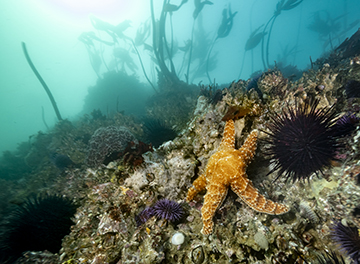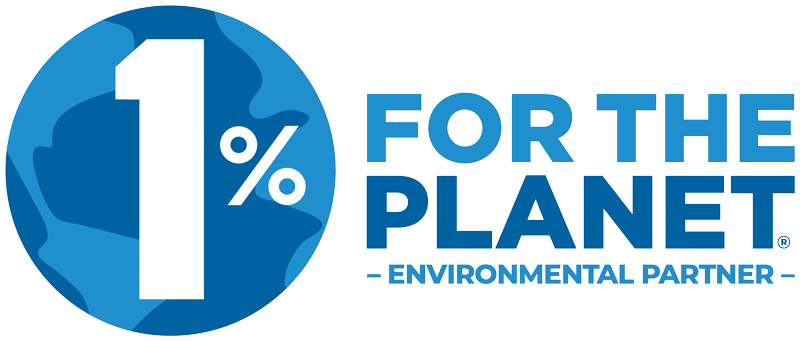
Chapter 7: Socioeconomic Considerations

As a keystone species, sea otters have unusually large effects on marine ecosystems, which means that the socioeconomic impacts of sea otter recovery are correspondingly large. These effects often disrupt existing social and economic activities, sometimes positively and sometimes negatively. The full range of effects is diverse, but they can generally be divided into two categories:
- Direct effects of sea otter predation, which are generally negative from a human perspective because they often involve shellfish species that humans would rather harvest themselves (commercially, recreationally, or as part of subsistence fisheries)
- Indirect effects that result from food web interactions, which are probably mostly positive from a human perspective
The direct and indirect effects, while relevant to any feasibility study and important, are difficult to assess—in part because of uncertainties over sea otters’ ecological effects, in part because of the differing currencies people use to value natural resources, and in part because of the different ways people embrace these differing values. While putting monetary values on the effects is the single most common method of conducting a socioeconomic analysis, it is important to remember the non-monetary values and recognize there may be no obvious way forward that all or even most people will find completely fair and reasonable.

Chapter 7
- Direct Effects
- Indirect Effects
- Nonmonetary Effects
- Synopsis of Direct and Indirect Effects
- Potentially Affected Oregon Fisheries
- Summary

Potentially Affected Oregon Fisheries
In Oregon, sea otter recovery could potentially affect the following commercial and recreational fisheries:
- Dungeness crabs
- Red rock crabs
- Pacific razor clams
- Butter clams
- Gaper clams
- Littleneck clams
- Cockles
- Mussels
- Ghost shrimp
- Red sea urchins
- Purple sea urchins
Note: The study did not further consider finfisheries and the potential indirect effects of sea otters on these fisheries, though such effects are likely to occur and, in most cases, will be positive.
Learn More
- Chapter 1 – Intro
- Chapter 2 – Prior History
- Chapter 3 – Population impacts
- Chapter 4 – Genetic considerations
- Chapter 5 – Ecosystem effects
- Chapter 6 – Habitat suitability
- Chapter 7 – Socioeconomics
- Chapter 8 – Admin/legal issues
- Chapter 9 – Logistics
- Chapter 10 – Health & welfare
- Chapter 11 – Stakeholder issues
- Chapter 12 – Conclusions
- Appendices: ORSO app, maps
Related: Reintroduction Economic Study
Key Quotes
“The Pacific maritime fur trade drove once-abundant sea otter populations across the Pacific Rim to the brink of extinction … (Kenyon 1969). Therefore, modern human societies in the Pacific Northwest developed, for the most part, in an environment without otters. People often perceive these otter-free systems as the ‘pristine’ or ‘natural’ state because it is the world they grew up in and became familiar with. Human perceptions and values have developed accordingly (Pauly 2019). Understanding and measuring these values are central to this socioeconomic analysis.”
“While the direct effects of otters on shellfisheries are largely negative (i.e., depressing), the indirect effects of otters on other coastal resources are often positive (i.e., enhancing). Positive effects occur primarily through the enhancing effects of otters on primary producers, especially kelp (due to the otter-urchin-kelp trophic cascade), and the knock-on effects of kelp via increased production and habitat provisioning.”
Key Terms
Click on the following key terms used on this web page to see their definitions on the glossary page:


